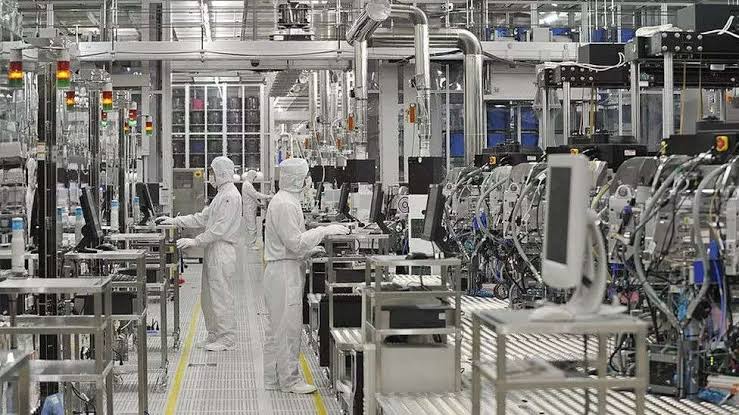Taiwanese and Japanese Companies to jointly build chip factory in Japan

Japanese financial group SBI Holdings Inc. said Wednesday it will set up a joint venture with Taiwanese semiconductor maker Power chip Semiconductor Manufacturing Corp. to build a chip factory in Japan, in a move to bolster the country’s efforts to revive the industry.
The two companies have agreed to set up a preparatory company for the project, with an eye to seeking government subsidies, SBI said. The amount of investment, the timing of construction and the plant’s location are still to be decided.
The new plant will produce chips used for cars and other industrial equipment, in the belief demand for such chips will continue to grow along with the rising popularity of electric vehicles, a SBI spokesman said.
The joint venture will consider producing more advanced chips in the future than the 40 to 55 nanometer chips it plans to produce for the time being, the Japanese company said. PSMC is the world’s sixth biggest contract chipmaker, according to SBI.
The plan comes as Japan tries to rebuild itself as a chip superpower as increasing technological rivalry between the United States and China prompts global semiconductor companies to diversify their production sites.
Taiwan Semiconductor Manufacturing Co., the world’s largest contract chipmaker, is building a factory in the southwestern Japan prefecture of Kumamoto, with an eye to setting up another one nearby.
The Japanese government has agreed to offer massive subsidies for the plant under construction, which will be jointly operated by Sony Group Corp. and car parts manufacturer Denso Corp.
Japan is also subsidizing domestic chip venture Rapidus Corp., which was set up last year by Toyota Motor Corp. and seven other Japanese major companies.
The state-backed chipmaker aims to begin mass production of chips with state-of-the-art 2-nanometer technology in five years.



